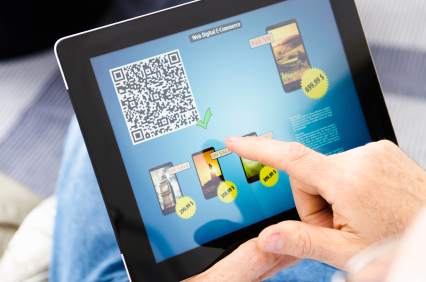Customer experience is considered a top strategic priority by 93% of the respondents in a Forrester’s Q4 2011 Global Customer Experience Peer Research Panel Online Survey.
With the multitude of touchpoints available today, most customers are often split between the many choices. Most often, they end up accessing the internet using the touchpoint that is most convenient for them. For instance, they may access a product website through a tablet at home, read an email triggered by an interaction through the smartphone on the way to work, or reply to the marketer’s engagement initiative via the office desktop.
So, what does this mean for marketers who are trying to ensure top-notch customer experience?
The primary focus is to optimize for each device. While most websites now have a smartphone-optimized version, soaring tablet sales mandate a tablet optimized version as well. Adobe Digital Index predicts tablet ecommerce traffic to exceed smart phone ecommerce traffic by 2013. Failure to optimize would mean forfeiting the customer or the prospect to a competitor who can give them content on the device of their choice.
For example, a customer accessing a PC oriented website through a tablet would find it next to impossible to select an option by double clicking on a scroll down list. Rather, an optimized website that allows the visitor to tap into the required tab makes the experience seamless and enjoyable.
The implications of non-optimized touchpoint experience goes far beyond lost sales. Customers usually relate the sour experience as a reflection on the company. As a result, the customer may use social networks and review sites to describe their negative experience, affecting your chances of obtaining business from their friends or anyone who reads their review.
On the other hand, when customers find engagement with a company to be a seamless experience, the positive impression helps to boost sales as well as brand image.
If nothing else, striving to deliver an optimized engagement experience lowers cost. When the customer-preferred medium delivers a seamless experience, customers avoid moving to other channels, which could be costing you more. A seamless experience also reduces the lead time to conversions, a major aim of any marketer.
Are all of your touchpoints optimized for the best customer experience?

